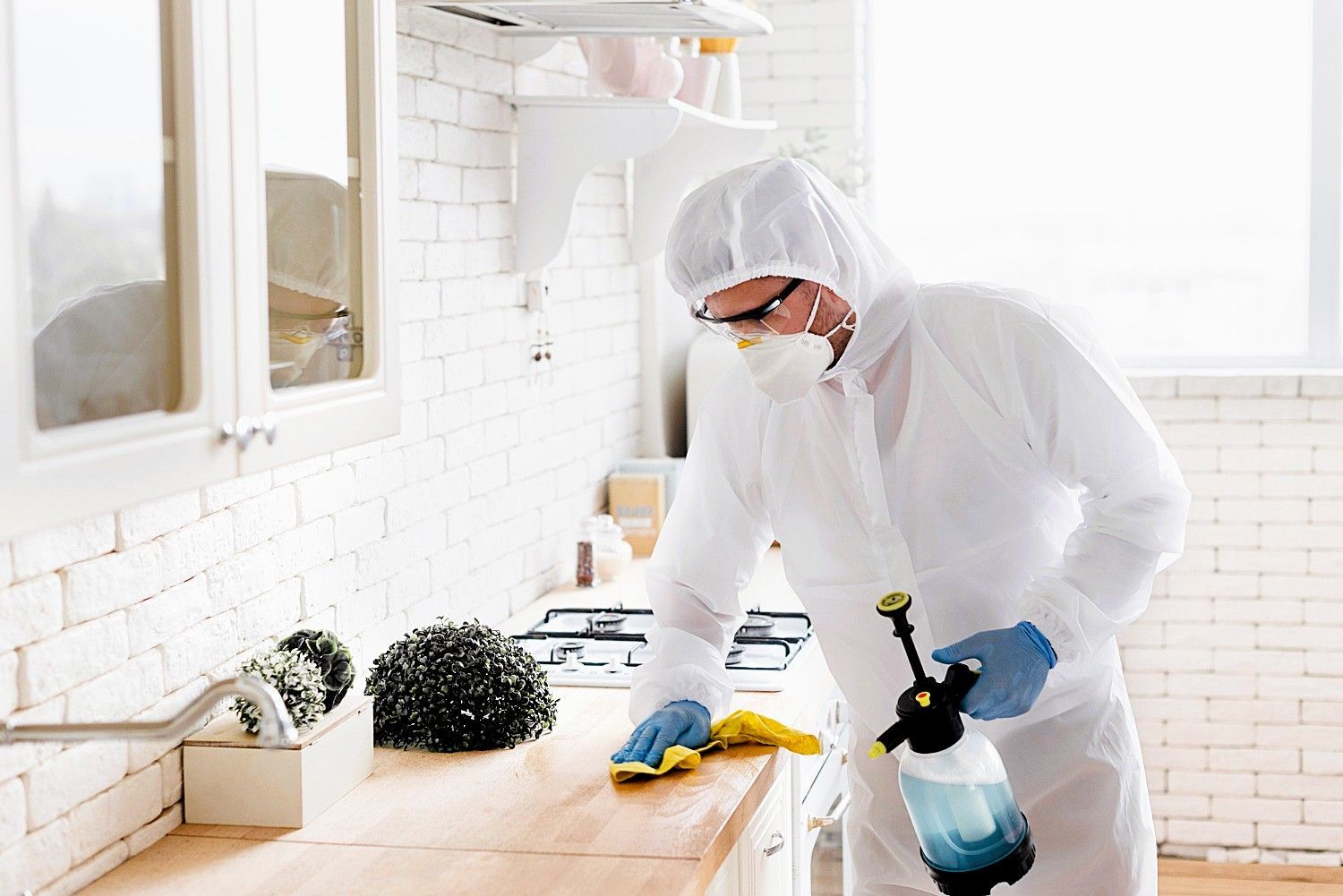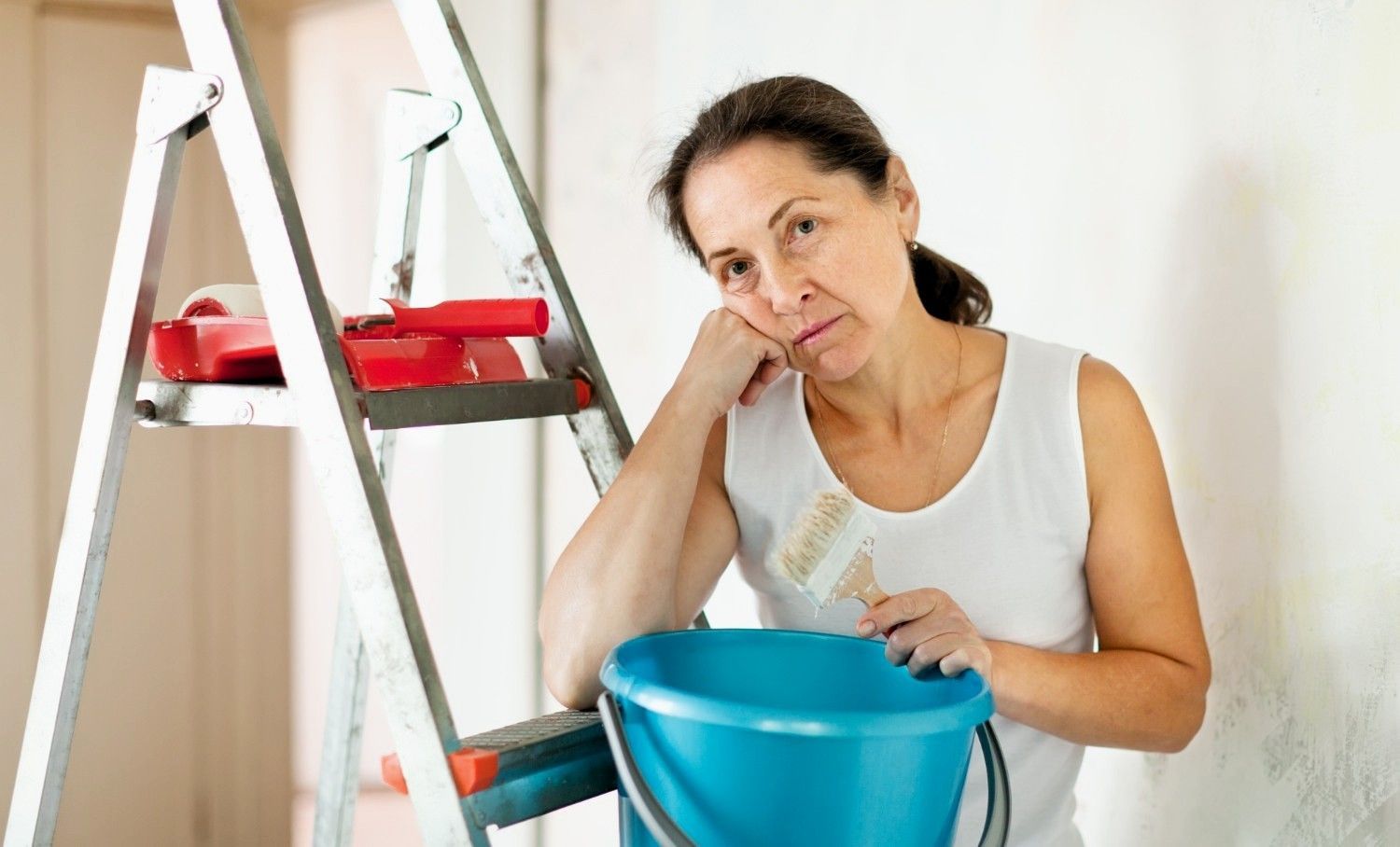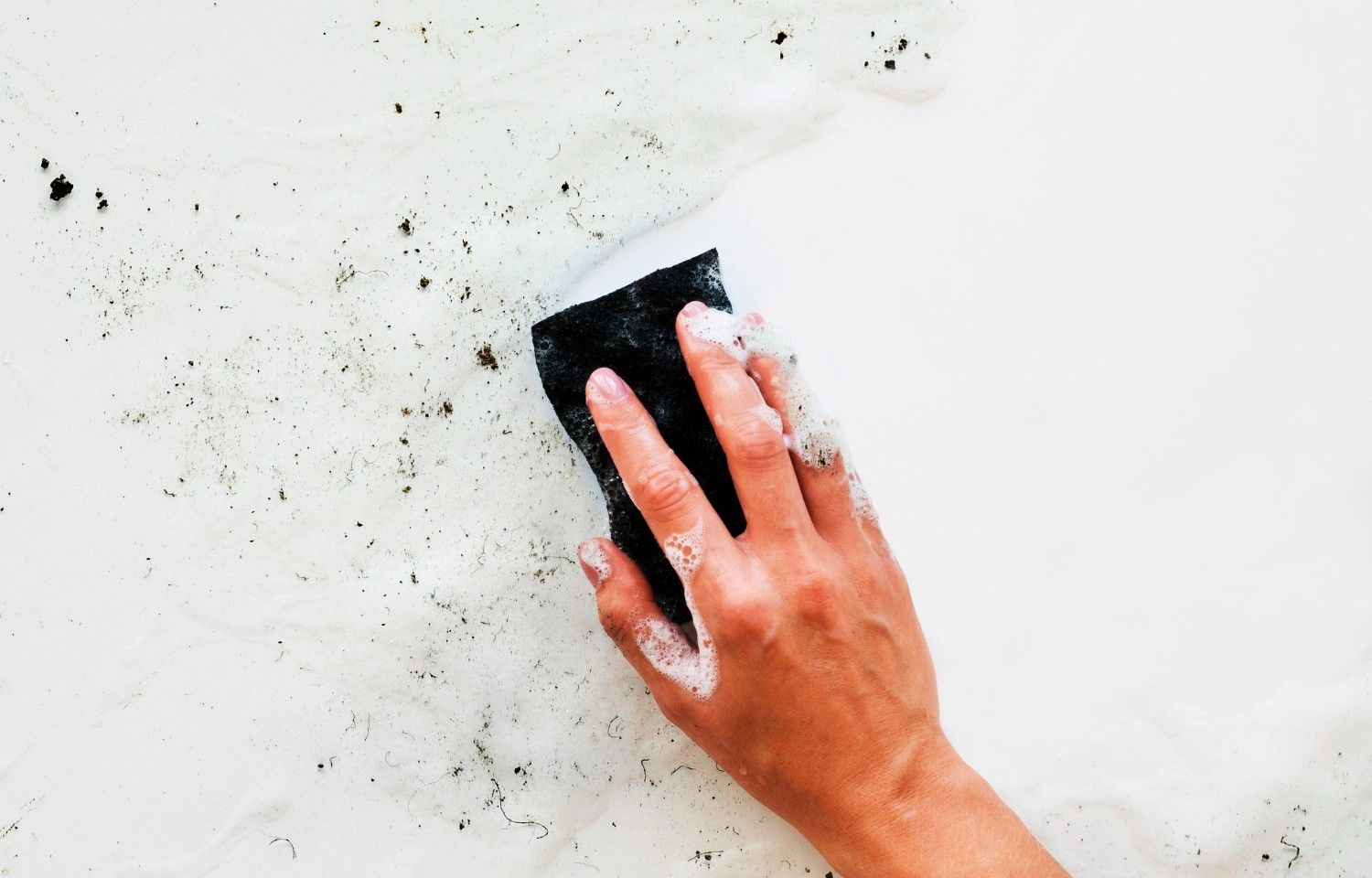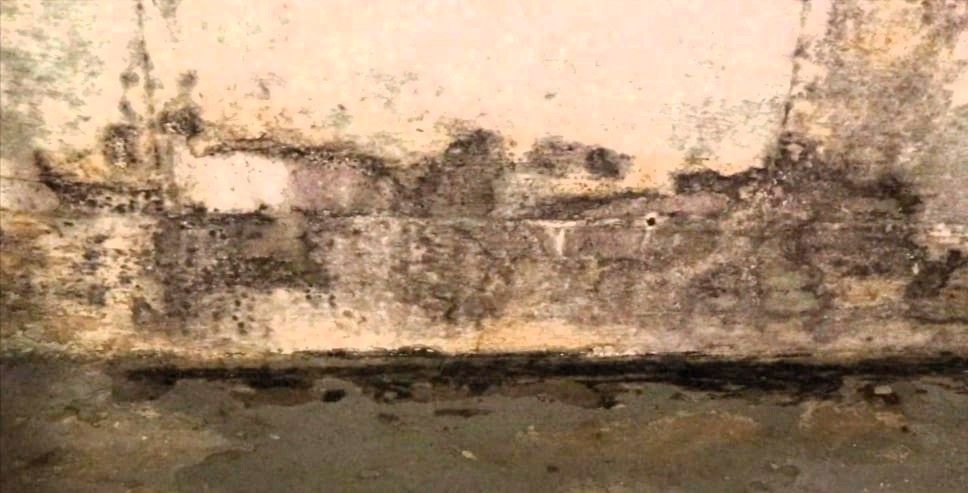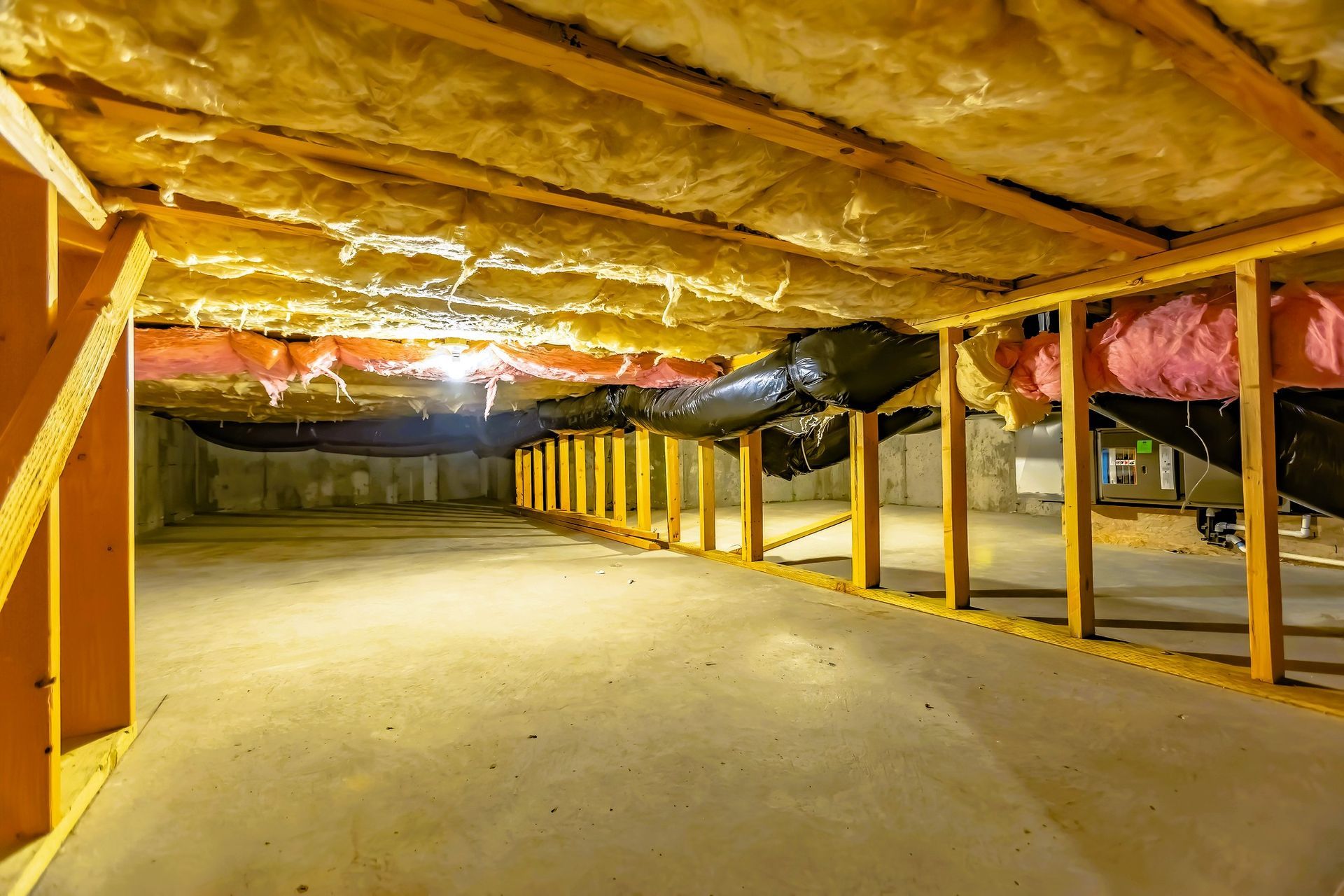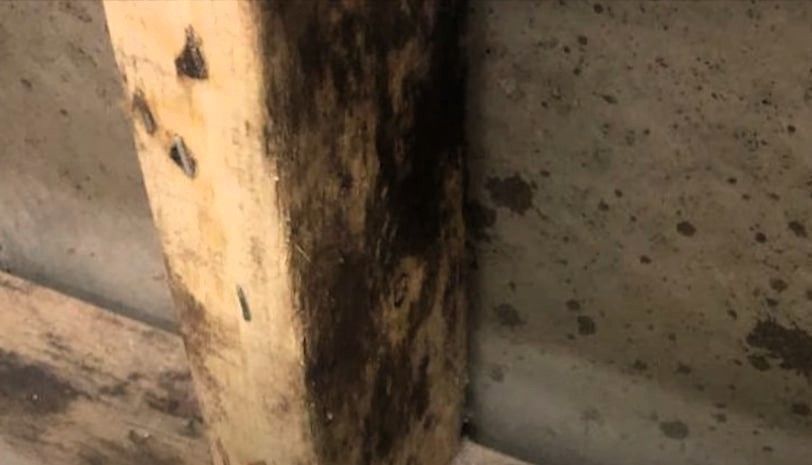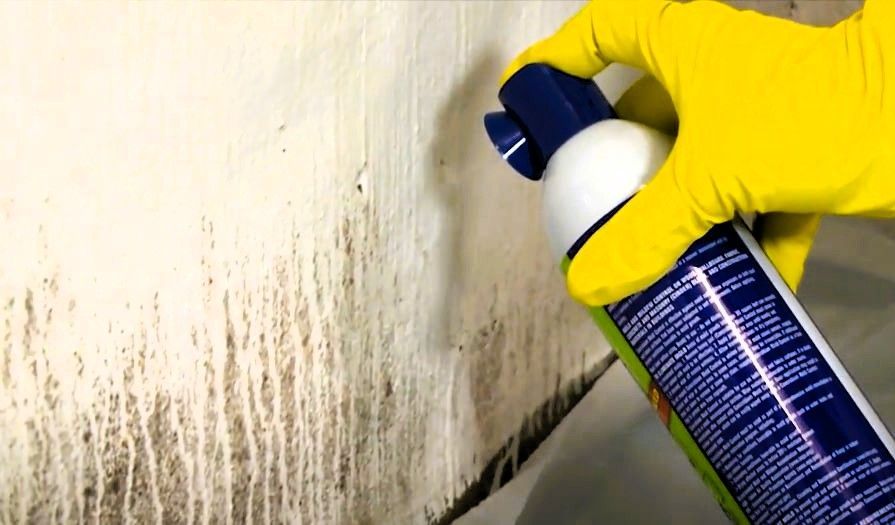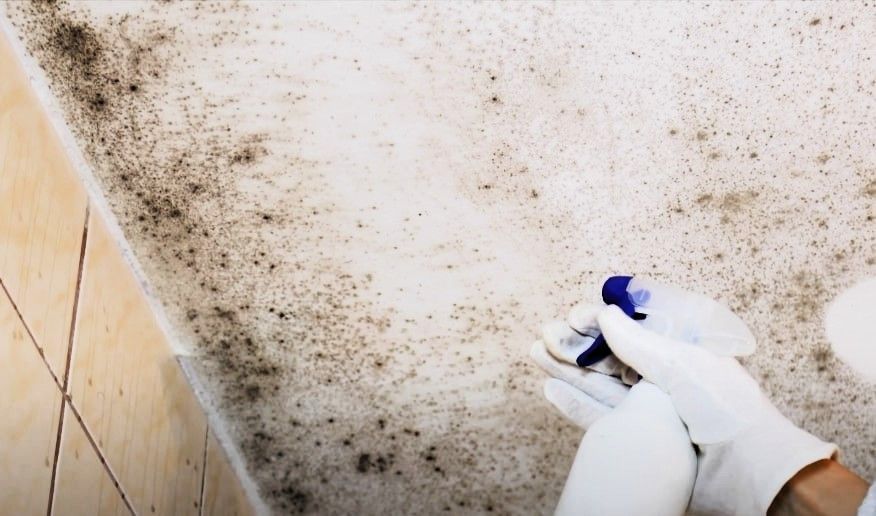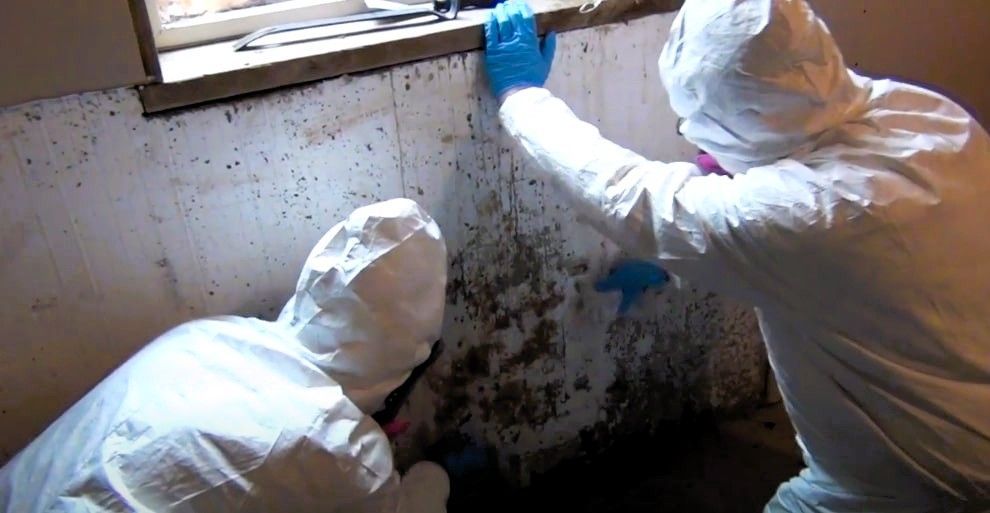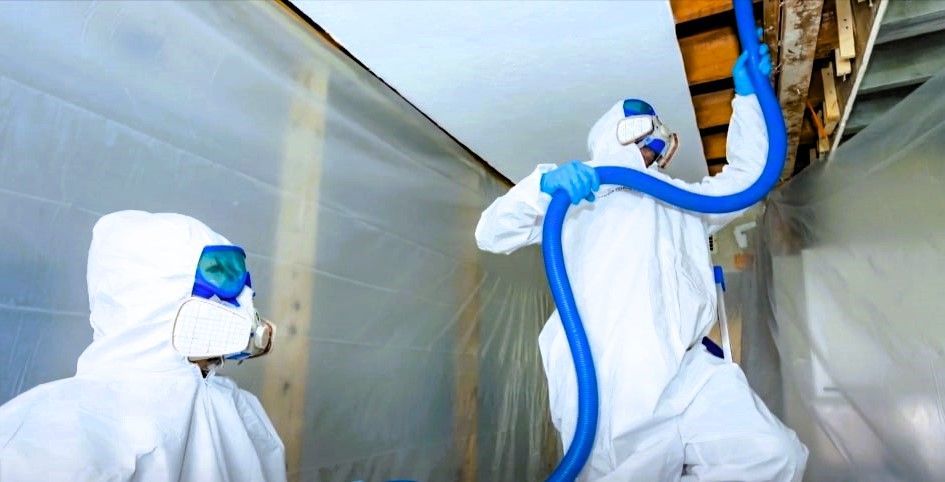Top 3 Toxic Molds You Need to Watch Out For
Keep an eye out for these toxic mold growing in your home.
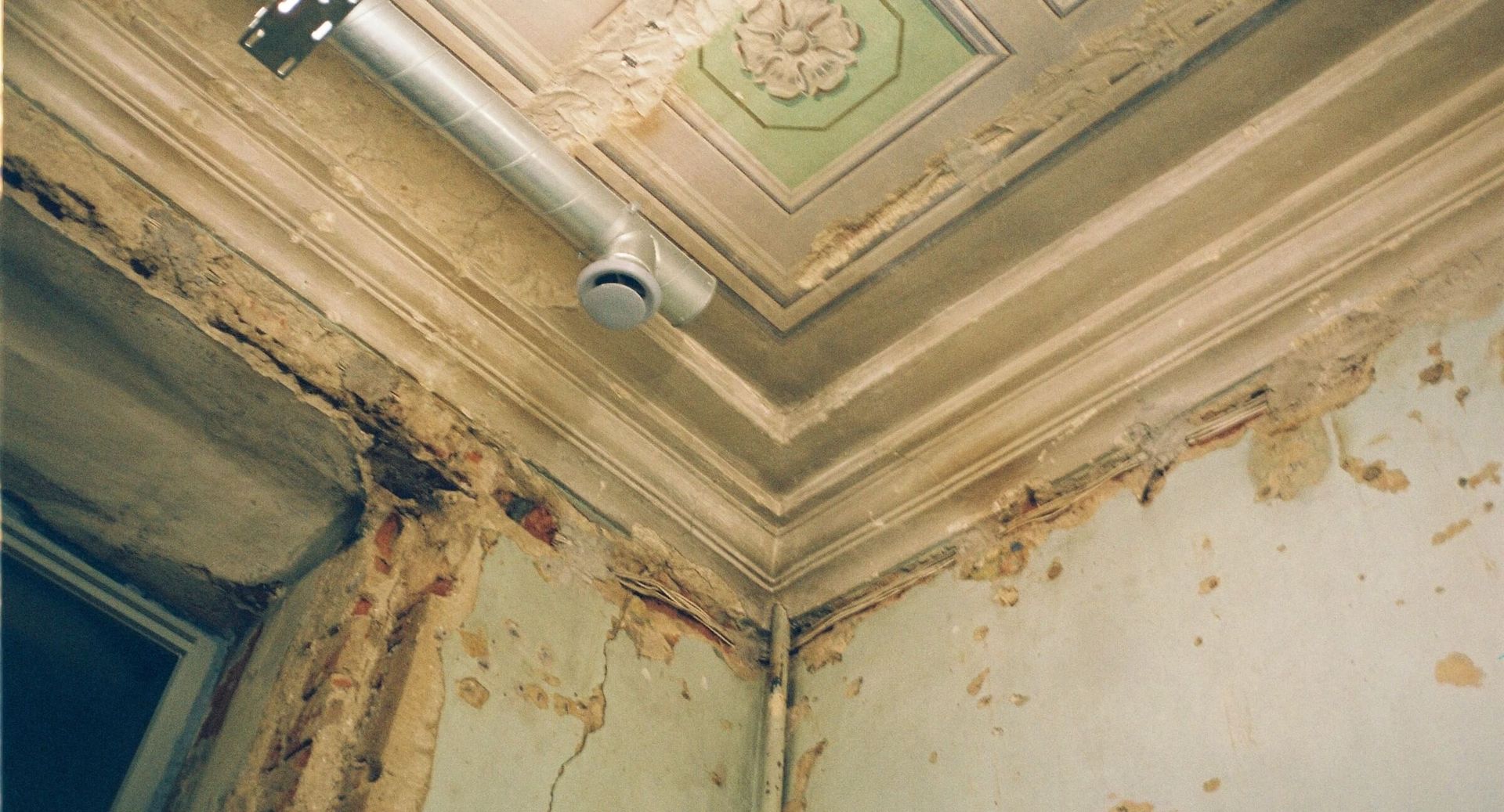
Mold can quickly grow and spread in places that meet its living conditions. It can live in environments that are damp and humid. It can also be found outdoors, especially on damp forest floors. However, some places in our homes are perfect for mold to grow.
And thanks to that, our homes have also been home to common mold types. However, it's best not to let mold become a housemate, especially when it can cause major health issues. Mold that is considered helpful without causing people any problems is too few and far in between.
Mold is dangerous because it can trigger allergic reactions and aggravate one’s health issues. Other times, it's considered as toxic. But what toxic mold should you be careful about, and why?
In this blog, we’ll share the top toxic mold you need to be wary of and might be growing in your own home.
Penicillium
You might wonder why it sounds like the medicine called penicillin. Well, that’s because one species from the penicillium mold is the one where penicillin came from. However, this mold is far from the helpful medicine that saved millions of lives through the years. It’s surprising that this mold is commonly found growing in homes and is considered dangerous and toxic.
It usually comes in blue or green colors, preferring cool and damp environments. It can produce and spread spores faster, creating more penicillium mold within the vicinity. Keep an eye on decaying food items you have, such as vegetables, bread, and more, since that’s where they mainly grow. They also can grow on ceiling tiles and wood surfaces.
Some penicillium mold species produce mycotoxins, a toxic substance that fungi create. These toxins, when inhaled, can cause infection in the organs such as the lungs, kidneys, and more.
Fusarium
This type of mold is commonly found in soil, water, and plants. It was discovered in 1809 and was the culprit behind the death of vegetable seedlings, mainly affecting tomatoes the most. It wreaked havoc in the agriculture and horticulture department that the affected condition is called “Fusarium wilt.”
You might encounter a fuzzy snow mold that appears on the lawn once the winter snow melts. That is one type of Fusarium mold. Even though fusarium infections in humans are rare, that doesn’t mean they don’t happen, and they’re not dangerous. This type of mold can cause pneumonia, sinusitis, and more. Furthermore, the mycotoxins it produces can lead to other diseases and, in some cases, cancer.
Stachybotrys
Infamously known as the dreaded black mold, stachybotrys is also one of the most common mold you can find growing in your home. It’s a greenish-black mold that grows on fiberboard, paper, gypsum board, and more. This can also appear in areas where it's constantly moist from condensation, water leaks, flooding, etc.
Black mold is actually not as deadly as everyone believes. However, it’s still dangerous, especially to those already suffering from respiratory ailments and with poor immune systems. This mold can aggravate allergic reactions, trigger or worsen asthma, shortness of breath, and more.
If you spot this mold growing in your home, it's best to have it removed as soon as possible. Leaving it be is never a good idea since exposure to their mycotoxins and spores can harm your health. It can trigger allergies and make any health issues you have worse. Mold exposure is especially dangerous if you have children or elderly in your household.
You can remove it yourself. However, make sure you have the tools and the safety gear equipped before the remediation. Keep in mind that there’s a chance for mold to return if the mold remediation isn’t done well. To ensure that you safely remove the mold and not worry about it returning, it’s best to leave mold removal to the professionals.
Do you have any mold problems on your property?
Call us now! Our reliable and capable cleaners will gladly help you with mold remediation.
